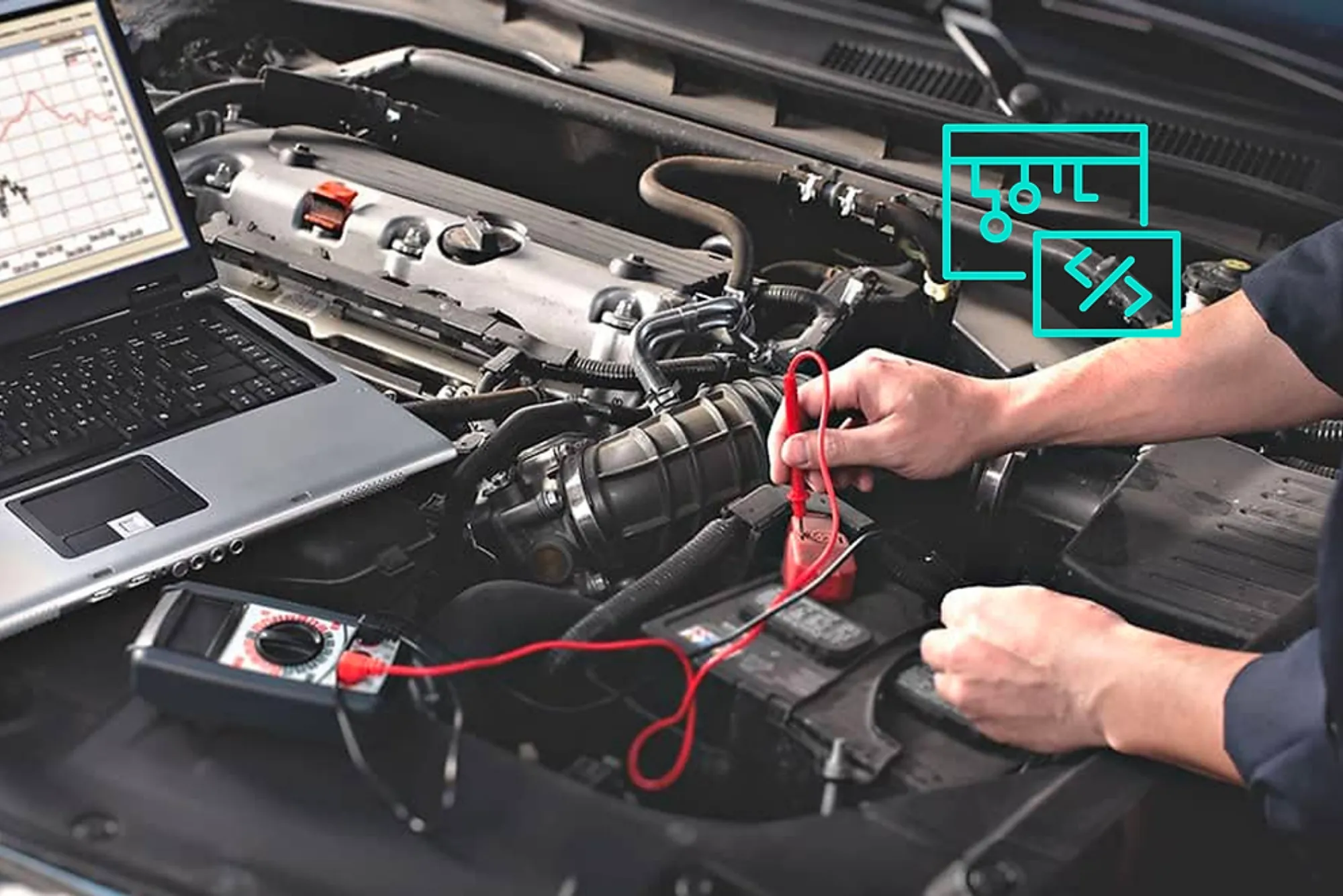In the ever-evolving world of automotive technology, mobile auto programming stands out as a significant advancement. This innovative approach allows automotive technicians to perform programming tasks using mobile devices, offering a flexible and efficient alternative to traditional methods. In this guide, we’ll explore what mobile auto programming is, its benefits, key components, and its impact on the automotive industry.
What is Mobile Auto Programming?
Mobile auto programming refers to the use of mobile devices—such as smartphones and tablets—to perform vehicle programming and diagnostic tasks. Unlike traditional auto programming, which often requires specialized equipment and fixed setups, mobile auto programming leverages portable technology to provide a more versatile solution. This approach involves using mobile applications and hardware interfaces to connect with and reprogram vehicle systems.
Benefits of Mobile Auto Programming
Convenience and Portability
One of the primary advantages of mobile auto programming is its convenience. Technicians can access and program vehicles from various locations, eliminating the need for bulky, fixed equipment. This portability means that programming tasks can be performed on-site, whether at a customer’s location or within a repair shop, streamlining the repair and maintenance process.
Cost Efficiency
Mobile auto programming can also be cost-effective. By reducing the need for extensive physical tools and equipment, businesses can lower their overall costs. Additionally, the reduced setup time and increased efficiency translate into savings on labor costs, making it a valuable investment for automotive professionals.
Flexibility and Versatility
The flexibility of mobile auto programming is another significant benefit. It supports a wide range of vehicle makes and models, allowing technicians to handle diverse programming needs with a single mobile setup. This versatility makes it easier to adapt to different vehicles and programming requirements.
Key Components of Mobile Auto Programming
Mobile Devices and Hardware
Mobile auto programming relies on various mobile devices, including smartphones and tablets. These devices are paired with essential hardware components such as adapters and interfaces, which facilitate communication between the mobile device and the vehicle’s electronic systems. These components are crucial for establishing a successful connection and performing programming tasks.
Software and Applications
The effectiveness of mobile auto programming is largely dependent on the software and applications used. There are numerous mobile auto programming apps available, each offering different features and functionalities. Popular apps provide capabilities such as ECU updates, key programming, and diagnostic functions, enhancing the overall programming experience.
How Mobile Auto Programming Works

Establishing a connection between the mobile device and the vehicle is a fundamental step in mobile auto programming. This can be achieved through various methods, including Bluetooth and Wi-Fi. Ensuring compatibility and addressing any connection issues are crucial for successful programming.
Programming and Diagnostics
Once connected, mobile auto programming enables technicians to perform a range of tasks. This includes programming ECUs (Engine Control Units) and other modules, updating firmware and software, and accessing real-time diagnostic data. These capabilities are essential for maintaining and enhancing vehicle performance.
Common Applications of Mobile Auto Programming
Automotive Repair and Maintenance
In the realm of automotive repair and maintenance, mobile auto programming is used to reprogram ECUs, update software, and perform other critical tasks. This approach helps ensure that vehicles operate efficiently and meet the latest standards.
Vehicle Customization
Mobile auto programming also supports vehicle customization. Technicians can modify vehicle settings and features to enhance performance, efficiency, or comfort. This ability to tailor vehicles to specific needs adds value for customers and improves their driving experience.
Fleet Management
For businesses managing multiple vehicles, mobile auto programming offers fleet management benefits. It allows for remote management and maintenance of a fleet, streamlining operations and reducing downtime.
Challenges and Considerations
Security and Data Protection
With the convenience of mobile auto programming comes the challenge of security and data protection. It’s crucial to implement measures to safeguard programming data and prevent unauthorized access. Adopting best practices for data security helps mitigate these risks.
Compatibility and Integration
Compatibility with various vehicles and integration with existing systems can be challenging. Ensuring that the mobile auto programming tools are compatible with a wide range of vehicles and that they integrate smoothly with existing automotive systems is essential for effective programming.
Future Trends in Mobile Auto Programming

The future of mobile auto programming is likely to be shaped by advancements in technology. Emerging technologies and innovations will continue to enhance the capabilities of mobile auto programming tools, making them even more powerful and efficient.
Impact on the Automotive Industry
Mobile auto programming is transforming the automotive industry by introducing new methods of vehicle maintenance and repair. Its growing importance highlights the need for continued development and adaptation to meet evolving industry demands.
Mobile auto programming represents a significant leap forward in automotive technology. Its benefits, including convenience, cost efficiency, and flexibility, make it an essential tool for modern automotive technicians. As technology continues to advance, mobile auto programming will play an increasingly important role in the industry, shaping the future of vehicle maintenance and repair.





